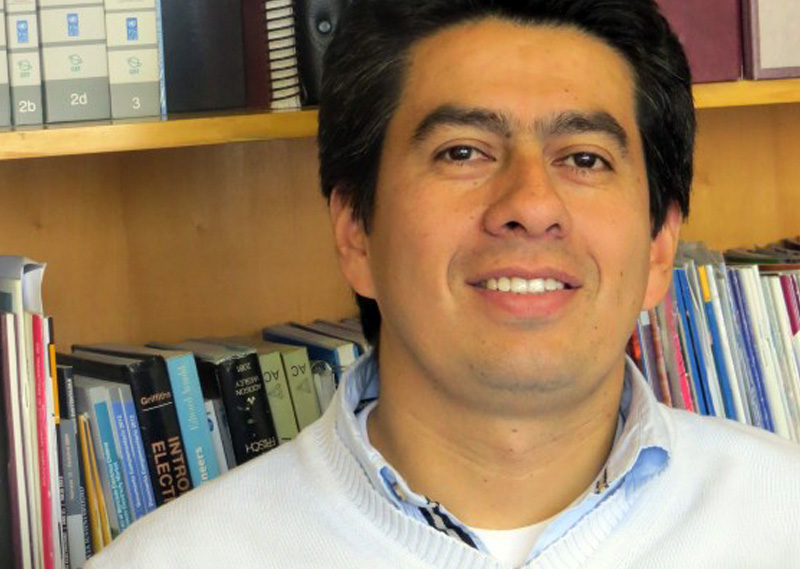
The project “Solar energy for the sustainable development of the region of Arica y Parinacota” was formally launched on May 14 at the Assembly Hall of Universidad de Tarapacá. The project will be carried out by regional communities for five years with the Technical support from SERC and funding by the BHP Billiton Foundation.
This is a collaborative project, designed so that the actual region defines how and where to apply solar energy, in order to accelerate the sustainable development of its four boroughs.
The director of the project, Dr. Guillermo Jiménez, now director of the FCFM Energy Center of Universidad de Chile, will work closely with a local team of Arica y Parinacota, and the support of the SERC Chile institutions.
Proposing an entire region to achieve sustainable development is a major proposal. How will it be implemented?
This project is important for the region and in particular for local communities. What I feel, and what people in the region have expressed, is a great interest in supporting the development of the project activities using solar energy as a tool. This development is going to be more evident in local communities in terms of the training of human capital, given that the developments linked to the use of solar energy will address the local needs and objectives of communities.
What do you mean by “creating human capital”?
Regarding the creation of human capital and noting that the projects that we will support within the framework of this project seek to address the needs raised by the communities, we expect to contribute to the training of people who can later develop their own business ventures in the region and can also support the activities and projects to be developed in the future.
Who is going to decide what the most important needs are, or where to start?
One of the stages, in this first year, is the development of a baseline survey, which will allow us to identify these needs from the point of view of education, use of solar energy in productive applications and source of energy, among others. It is therefore important to know the opinion of local figures and carry out activities that have a positive impact in the region.
Who are the local figures expected to participate in the project?
This is a quite cross-cutting issue. We will be dealing with local and government institutions, together with representatives of civil and private societies, and anyone interested in supporting the project.
Why is the project carried out in this specific region and not other?
Because there is a huge potential to significantly improve development and productivity in the region, which are on average lower compared to other regions of northern Chile with the same sun potential.
Considering its many stages and the lack of reference parameters, what is the biggest challenge for SERC with this challenging project?
There are several challenges, actually. One is that the initiatives to be developed in the framework of the execution of this project can serve as motivation for the creation of public policies, for example, in the field of education. We will perform many activities in terms of human capital training and we would like the results to affect a modification of high school or postgraduate curricula. A second challenge in terms of long-term activities is to empower local communities in a co-construction process, so that the technological solutions we can develop are useful long lasting. The third challenge is to create a network of local actors from different backgrounds, who are interested in promoting and supporting solar energy. We want them to be the ones who, in the future, can take the lead on this issue in the region and move forward with new ventures and cooperation in solar energy. In short, we invite regional leaders to adopt this project as their own and together keep it up over time.


